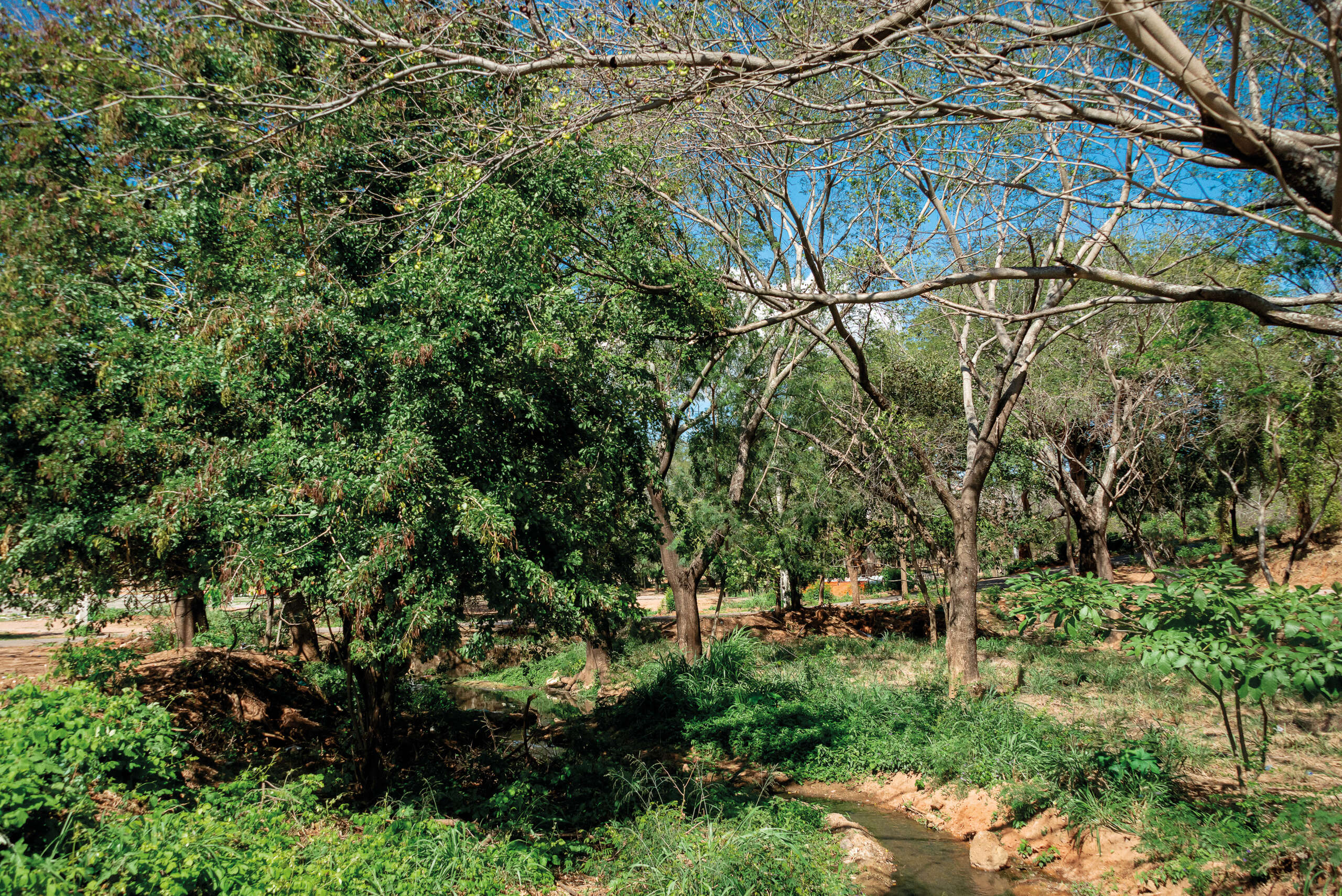
Área de Relevante Interesse Ecológico RIACHO DA MATINHA

Um dos tesouros do Cariri, região Sul do Ceará, fica no município do Crato. A ARIE do Riacho da Matinha carrega um grande valor simbólico para os cratenses, por participar da vida da cidade – fica dentro do parque de exposição Padre Felício Cavalcanti, o principal centro de eventos, exposições e feiras de negócios da região. A dinâmica urbana impõe complexos desafios à preservação da biodiversidade local. Daí a importância do Decreto Estadual nº 34.133, que criou esta ARIE com área total de 6,94 ha e perímetro de 1.788,88 m, em 2021. Com isso, ganham as espécies animais (mamíferos, aves e répteis, dentre outros), assim como as 73 espécies vegetais de 31 famílias botânicas, predominantes da mata seca do sedimentar. Mas ganham também os moradores e visitantes, com ações de educação ambiental que ajudam a recompor a mata ciliar nas margens dos cursos d’água e combatem os impactos causados pela ação humana. O projeto contou com o apoio da Universidade Regional do Cariri (URCA) e dialoga com a agenda do Geopark do Araripe.
Acesse: Galeria de Fotos
RIACHO DA MATINHA Ecologically Relevant Area
One of Cariri’s treasures, in the southern region of Ceará, is in the municipality of Crato. The ARIE of Riacho da Matinha carries great symbolic value for the people of Crato, as it is part of the city’s life – located within the Padre Felício Cavalcanti exhibition park, the main events, exhibitions, and business open market in the region. Urban dynamics pose complex challenges to the preservation of local biodiversity. Hence the importance of State Decree No. 34,133, which created this ARIE with a total area of 6.94 hectares and a perimeter of 1,788.88 meters, in 2021. With this, animal species (mammals, birds, and reptiles, among others), as well as the 73 plant species of 31 botanical families, predominant in the sedimentary dry forest, benefit. But it also benefits residents and visitors, with environmental education actions that help restore riparian forests along watercourses and combat the impacts caused by human action. The project had the support of the Regional University of Cariri (URCA) and aligns with the Araripe Geopark agenda.
Access: Photo Gallery
